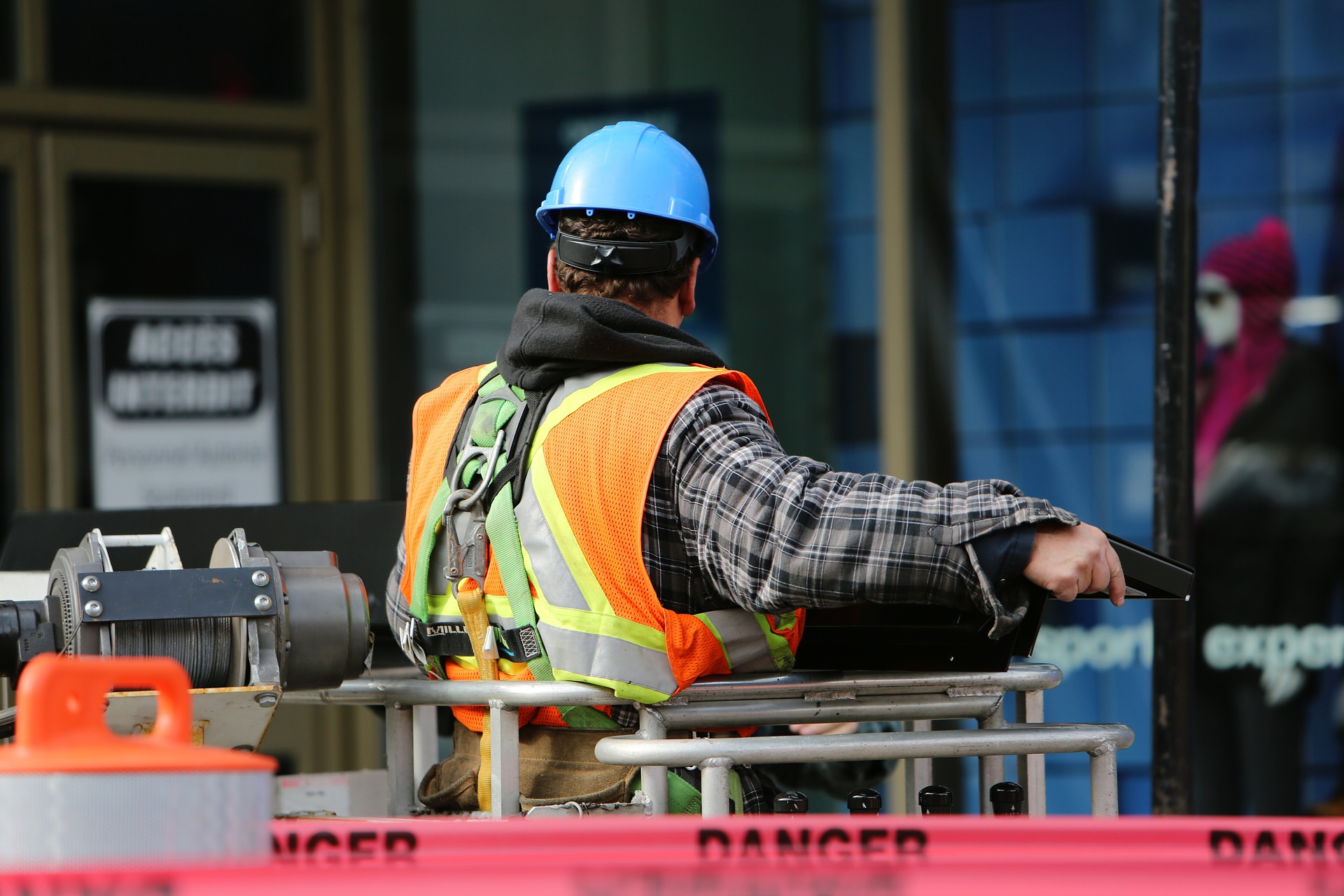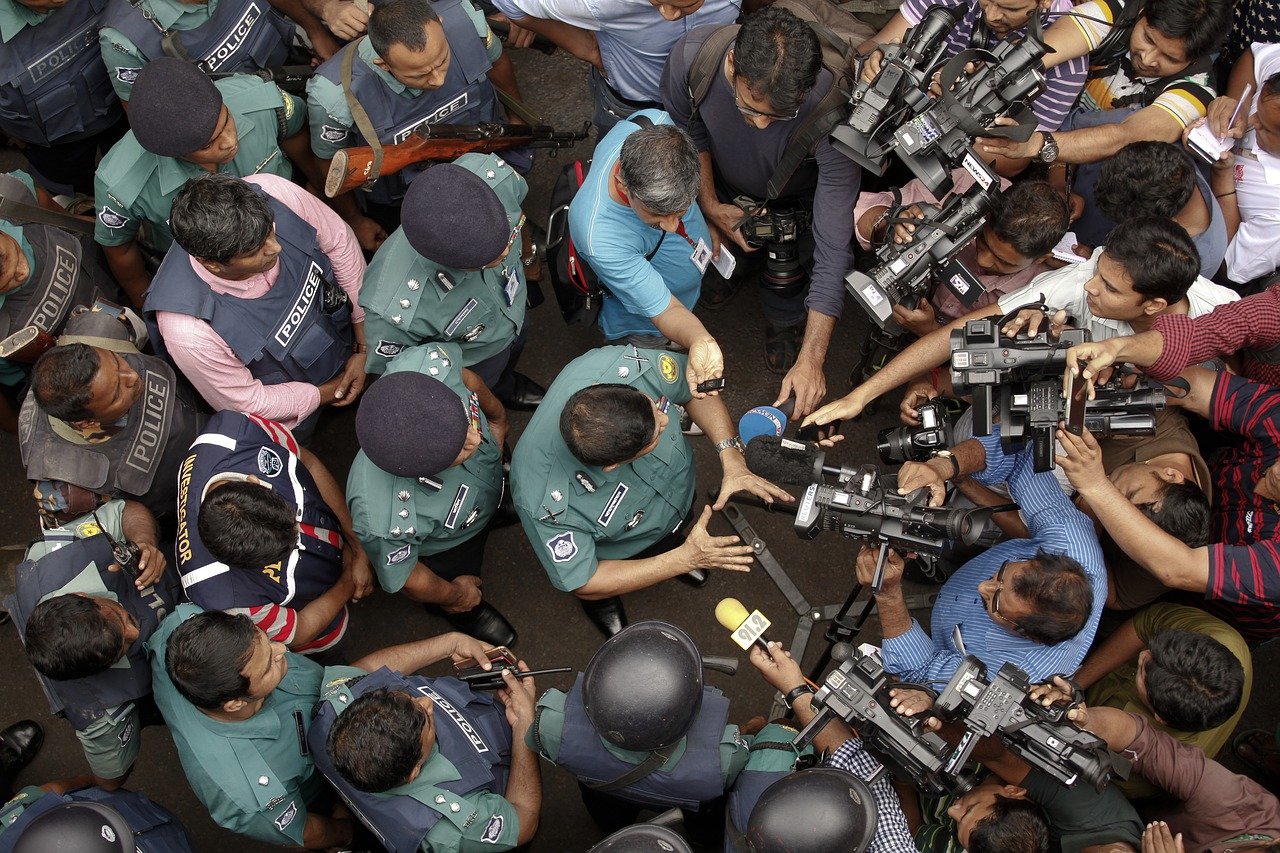Construction sites and industrial plants are not self-explanatory. If open and transparent, communication allows to build a productive relation with stakeholders and local communities.
In the best case they evoke noise, dust, traffic congestion. When it gets worse, they trigger protests, controversies, bribes, scandals. Construction sites are non-places par excellence, to be suffered along their pipelines, sometimes to be openly opposed to kill the project.
In Italy, 317 construction sites were questioned in 2017, 80 new and 237 that had been previously criticized (source of data: Nimby Forum). These are mostly energy plants, waste treatment sites and infrastructure projects. Challenging numbers and, thinking of the Turin–Lyon high-speed railway or the Trans Adriatic Pipeline, we have to acknowledge that engaging local communities is absolutely necessary when engineering and developing public works with relevant dimensions and complexity.
By the way, the so called Debat Public is required by law: since last Summer, in Italy it is mandatory to start a public consultation process for at least four months for any work exceeding 200 million euros in value. From feasibility studies onwards, when project alternatives are still possible, any stakeholder impacted by new highways or railways, airports, as well as industrial sites, cultural, social, sports or tourism infrastructures must be adequately informed and engaged.
But, beyond regulatory compliance, the truth is that opposition can be very hard to manage. It lengthens works, amplifies costs, exaggerates political and social conflict, delays authorization processes and increases the risk that the whole project is stopped along its way. And potential investors run away, as happened in Trieste with Gas Natural, in Brindisi with British Gas, in Verona with Ikea.
There isn’t only the project under the spotlight, but the reputation of the organizations responsible for it, or advocating it. Reputation is built and consolidated through a sound technical job and faultless construction sites, but also “intangible elements such as an open relation with citizens, transparency in admin processes, and a productive dialogue with stakeholders”, stated Luca Montani from MM during La città che cambia, the event held last week in Milan at Centrale dell’Acqua. “Public bodies, project owners and stakeholders need to learn that reciprocity is pivotal, we all have to be honest and trust each other”.
Communication comes into play to shape an inclusive and engaging story, starting well before construction works (“The story first, then the construction site”, remarked Montani). Storytelling should be focused on the project purpose, the only element that adds sense to the site and expresses the vision it would realize, taking into account people needs and legitimate resistance: the idea of reaching the City airport in about 15 minutes and save 30 million car travels every year might mitigate the discomfort of Milan citizens for the future M4 building sites.
Communication can leverage a number of tools, both analogue and digital: from physical site walls to public events, from on site briefings to media relations, up to web and social media. The multichannel storytelling should be aimed at ruling perception, that means managing the project visibility as well as all interpretations and actions that might come out of it. A truly hot topic, dealing with possible fake news and crisis occurrences. In crisis communication, effective emergency management is not enough, as organizations should “keep up with stakeholders to safeguard their trust”, summarized Daniele Chieffi from AGI Factory.




